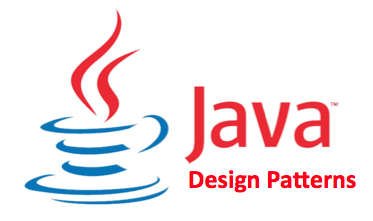1. Overview:
The Factory Pattern is a creational design pattern that provides an interface for creating instances of a class but allows subclasses to alter the type of objects that will be created. This pattern promotes loose coupling between classes, making it easier to extend and maintain the code.
2. Example Scenario:
Imagine a scenario where we have different types of vehicles (e.g., Car, Bicycle), and we want a factory to create instances of these vehicles.
3. Implementation:
4. Explanation:
- We start by defining a
Vehicleinterface that declares methodsstartandstop. - Concrete classes
CarandBicycleimplement this interface, providing their own implementations ofstartandstop. - We create a
VehicleFactoryinterface with a methodcreateVehicle. - Concrete factories
CarFactoryandBicycleFactoryimplement theVehicleFactoryinterface, providing the specific implementation ofcreateVehiclefor their respective vehicles. - The client code uses the factories to create vehicles and perform operations without knowing the specific class of the object.
5. Benefits of Factory Pattern:
- Flexibility: Easily add new vehicles without modifying existing code.
- Encapsulation: The creation logic is encapsulated within the factories.
- Loose Coupling: Client code is decoupled from the specific classes it instantiates.
6. Conclusion:
The Factory Pattern in Java provides a structured way to create objects, making the code more flexible and maintainable. It is especially useful when the instantiation process is complex or subject to change.



